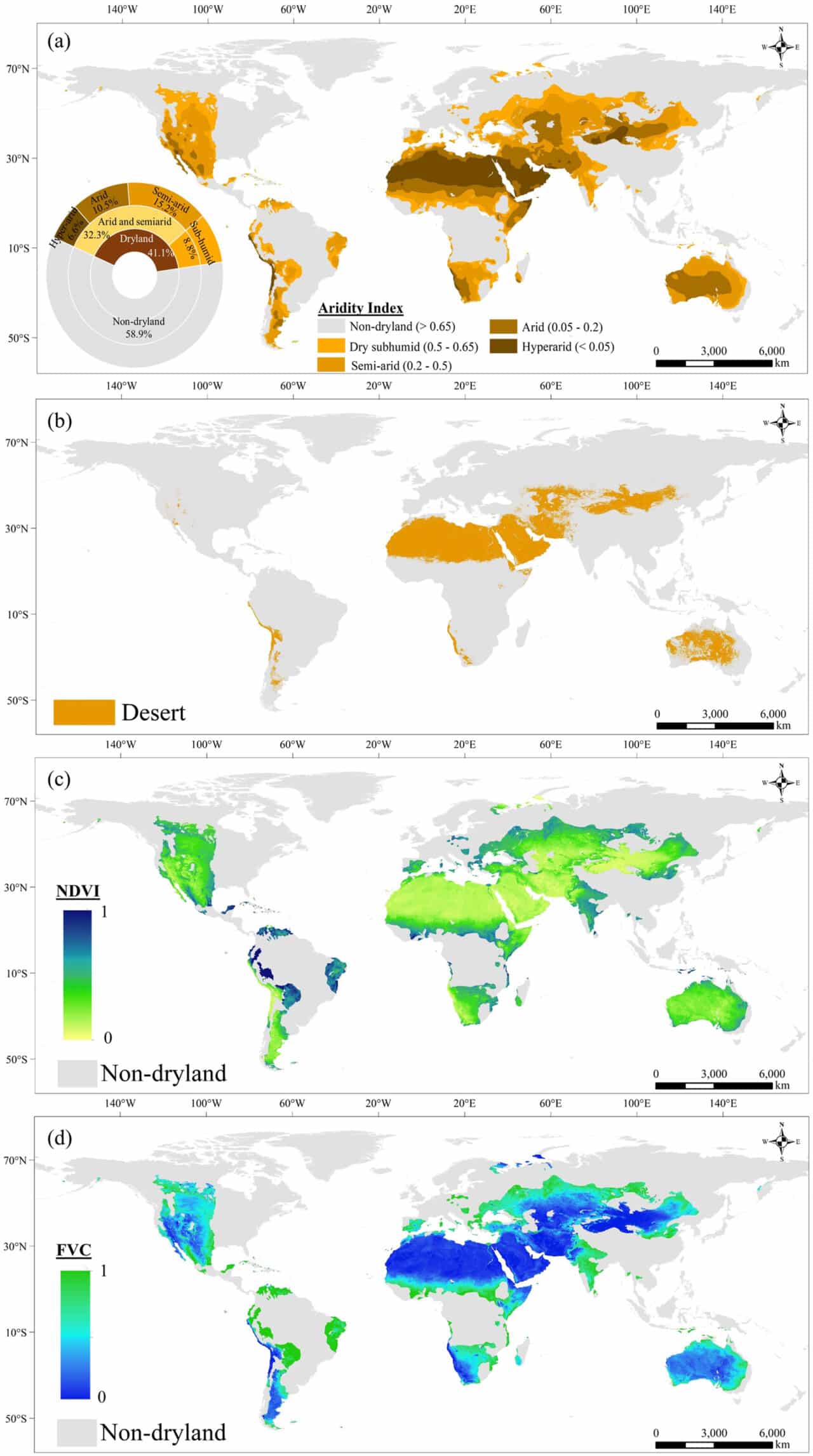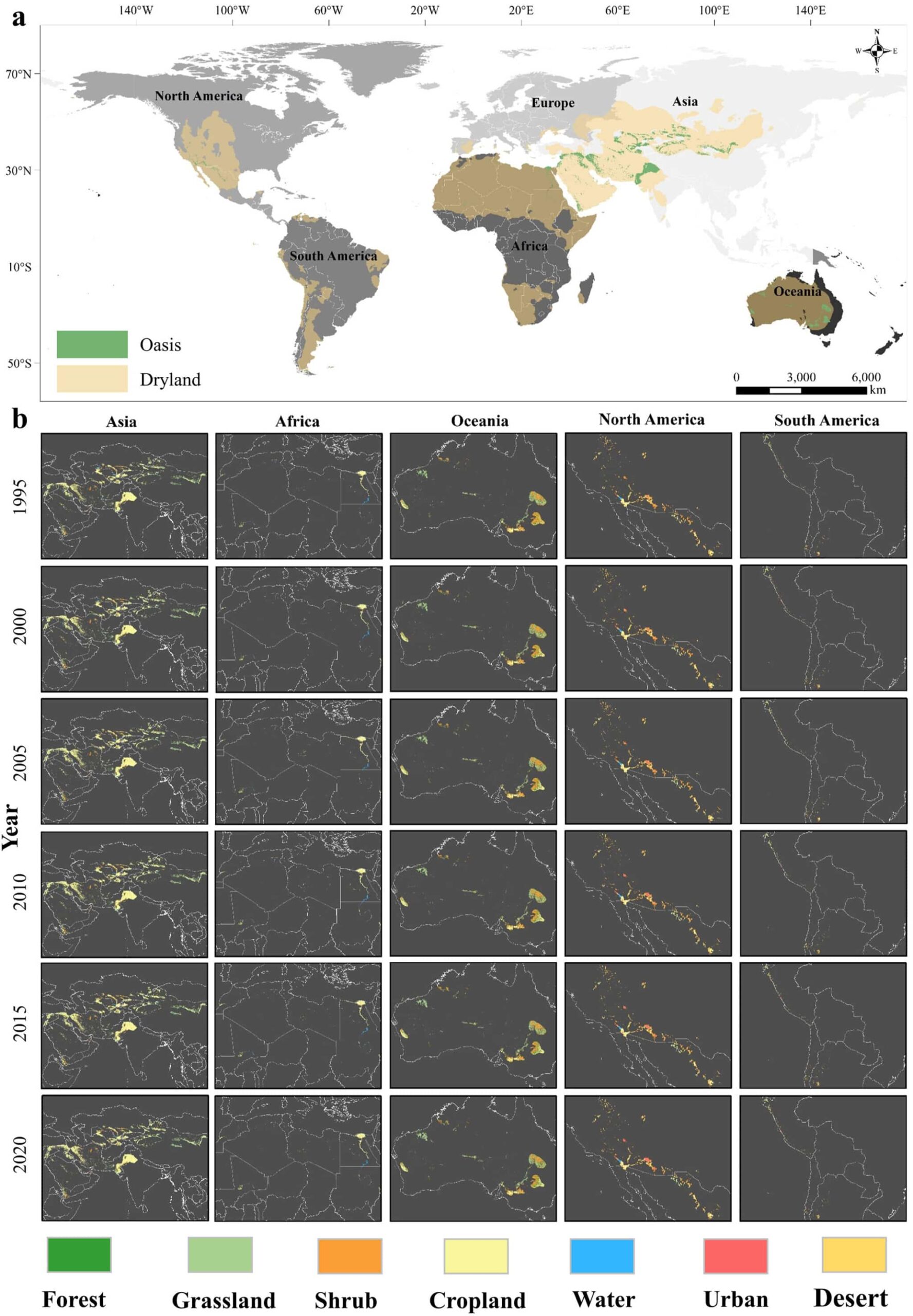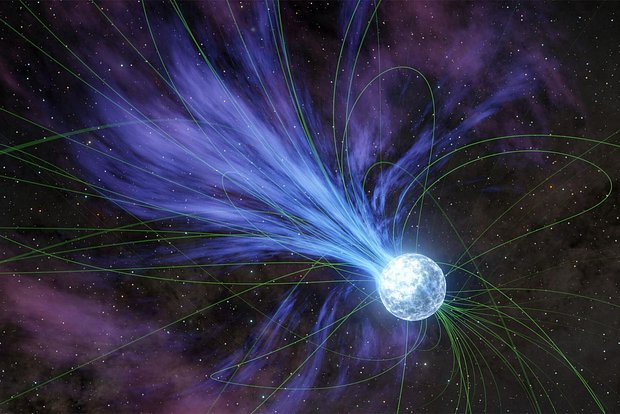Ecologists from China calculated how the area of oases in the world changed from 1995 to 2020. The researchers also found out which region has the largest number of oasis areas, at what pace changes are occurring, and what people do on these lands.

Huacachina Oasis, Ica, Peru / © Wikimedia Commons, Diego Delso.
According to data for 2018, up to 40% of the Earth's land is occupied by arid lands, and 38% of the planet's population lives on them. And the key elements of such ecosystems, which determine human activity in arid lands, are oases.
Some scientists suggest that climate change may increase the area of arid lands (although there are direct opposite opinions), and the increase in the number of people will lead to the exploitation of oases, which will cause a shortage of water in these regions. The dynamics of the development of oases is usually studied from two sides: their spatio-temporal distribution and evolution. But a systematic study of the total area of oases in regions with arid lands has not yet been conducted.
A group of Chinese ecologists decided to fill the gap in knowledge. They summarized previous studies and, based on data from the European Space Agency's (ESA) Climate Change Initiative and high-resolution radiometry, mapped the distribution of oases in the world from 1995 to 2020. The results of the scientific work were published in the journal Earth's Future.

(a) Global arid regions (regions with aridity index (AI) < 0,65, (b) global desert distribution map, (c) global normalized difference vegetation index (NDVI), (d) global vegetation cover (VC) of arid regions / © Earth's Future, Bochao Cui et al.
Oases are defined by several criteria: they exist in arid climatic zones, are partially or completely surrounded by desert and have a stable water source (rainfall is not taken into account) that supports a lot of vegetation in these areas. According to these three criteria, the authors of the article estimated the area of oases and the productivity of their vegetation cover in previously studied desert ecosystems of North America, Australia, Africa, and China.
The map was built based on eight factors affecting the area of vegetation. They were divided into four categories: climatic (potential evaporation, precipitation, temperature), topological (relief pattern, slopes), socio-economic (gross domestic product) and water resource factors (surface runoff, groundwater). To avoid obvious errors, the researchers compared the resulting map with Google Earth data.

Spatial distribution of global oases (a) and map of oases on five continents in 1995, 2000, 2005, 2010, 2015 and 2020 (b) / © Earth's Future, Bochao Cui et al.
Most of all oases fell on Asia - 77% of the total area in 19 countries. Otherwise, oasis areas are common in Oceania, Africa, North and South America. On average, the area of oases increased from 1,83 million square kilometers in 1995 to 1,91 million square kilometers in 2020, i.e. by 4,7%. The average annual increase was 3300 square kilometers. 54,86% of the oasis areas were cultivated by people, 23,12% were occupied by pastures.
During the same period, as the researchers write, 220,8 thousand square kilometers of deserts were transformed into oases - the most intensive stage of greening fell on the years 2015-2020. At the same time, 134,3 thousand square kilometers of arable and pasture lands were degraded in the desert. This is due to the growing demand for water for irrigation of other islands of vegetation, the authors of the scientific paper noted. However, the global picture shows that the world's oases have increased - and this is consistent with recent data that carbon emissions have greened our planet.
As far as can be judged from historical data, in the past the areas of oases also changed all the time: some areas became wetter or received new irrigation canals, some were deprived of precipitation or their canals degraded after wars and migrations. But the average area of oases remained unchanged for a long time.
The current growth of 86,5 square kilometers may seem small, but if it continues at this rate until the end of the century, the total area of the increase in oases will reach the level of a large European country.


 71
71











